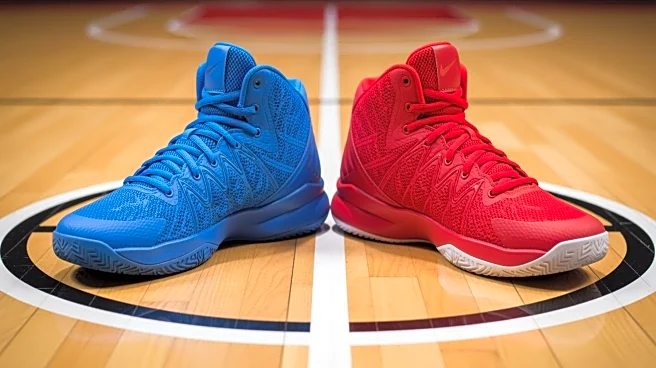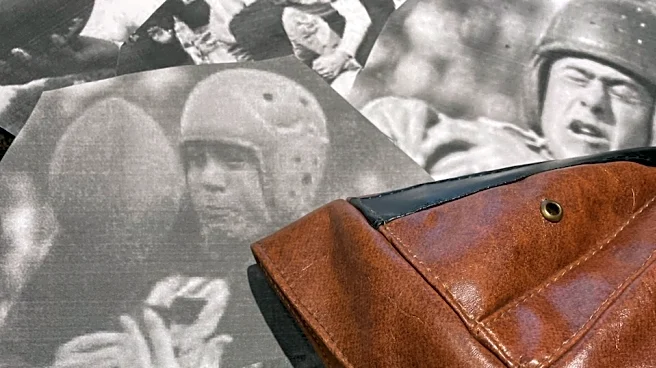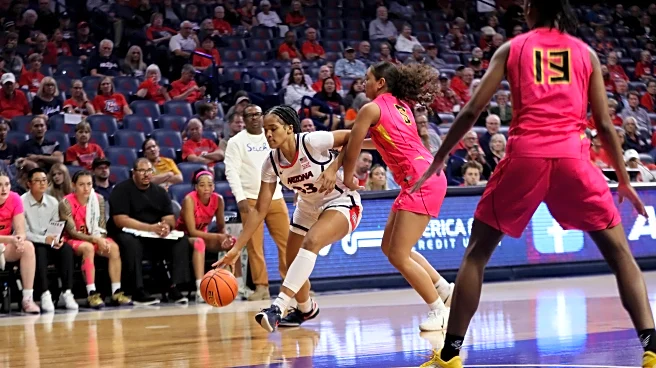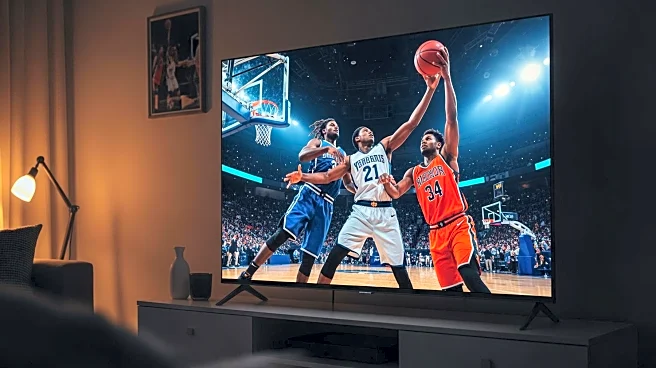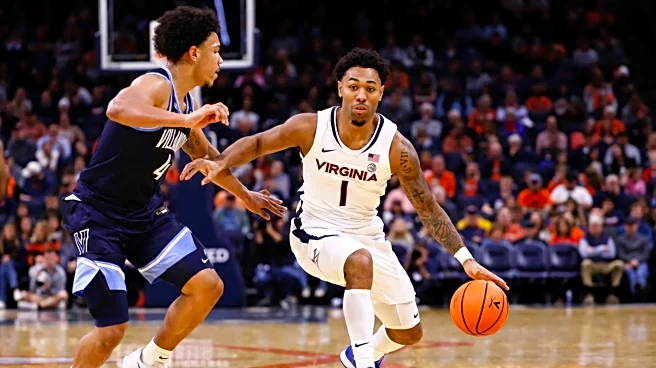What's Happening?
The NCAA Division I Board of Directors, in collaboration with the College Sports Commission (CSC), has established new name, image, and likeness (NIL) bylaws for high school and junior college athletes.
These rules require prospective athletes to disclose NIL deals worth $600 or more upon enrollment. The CSC, formed after a House settlement, will manage a clearinghouse called NIL Go for reporting these deals. The bylaws also set a revenue-sharing cap for institutions at $20.5 million for the 2025-26 academic year, equating to 22% of average total revenue in specified categories. The CSC is tasked with ensuring compliance and investigating violations.
Why It's Important?
These new NIL rules mark a significant shift in how high school and junior college athletes can engage with sponsorships and endorsements. By formalizing these guidelines, the NCAA and CSC aim to create a transparent and fair environment for young athletes entering collegiate sports. This could lead to increased financial opportunities for athletes, while also ensuring that deals are legitimate and compensation is reasonable. The establishment of a revenue-sharing model further integrates athletes into the financial ecosystem of college sports, potentially influencing future policy decisions and the structure of collegiate athletics.
What's Next?
As these rules take effect, high school and junior college athletes will need to navigate the NIL landscape carefully, ensuring compliance with the new regulations. Institutions and athletes alike will likely seek guidance on managing these agreements. The CSC will play a crucial role in monitoring compliance and addressing any violations. The impact of these rules on recruitment and athlete decision-making will be closely watched, as will any adjustments to the bylaws based on their initial implementation.


